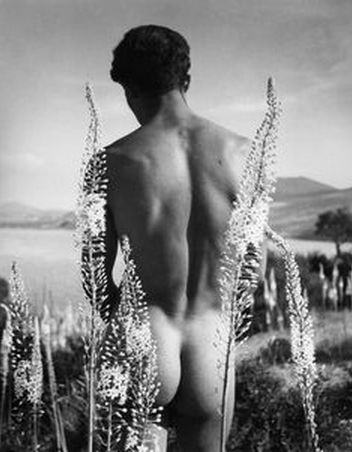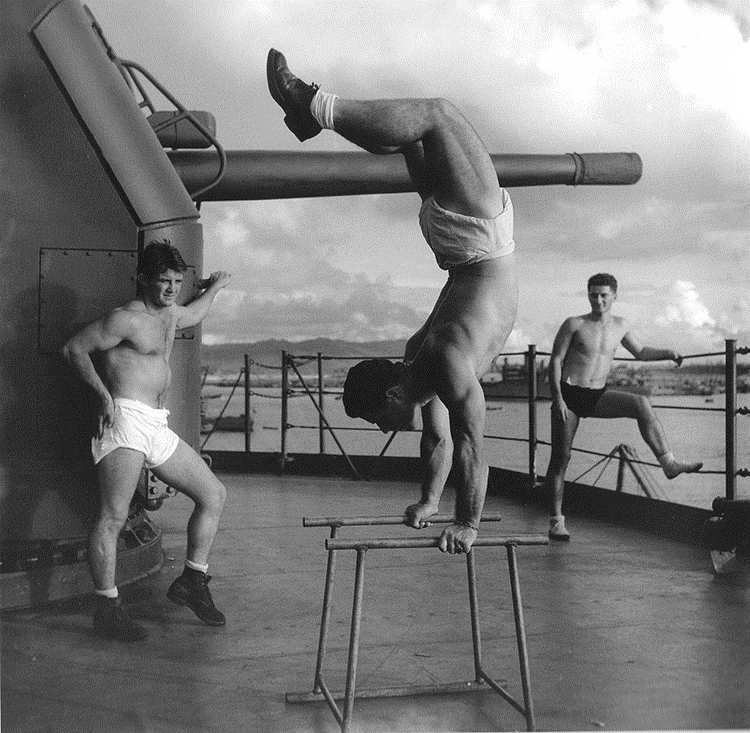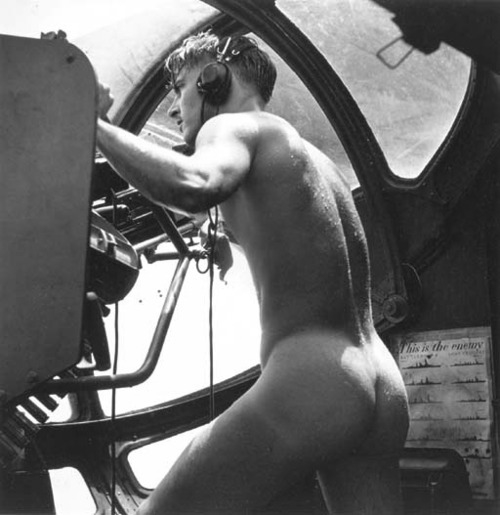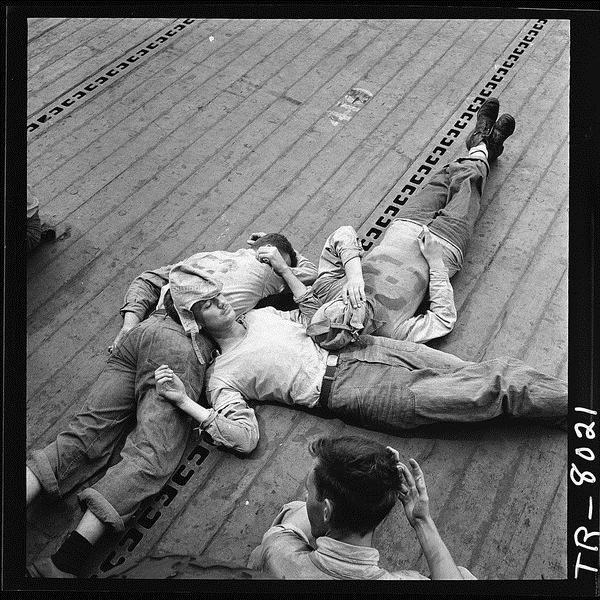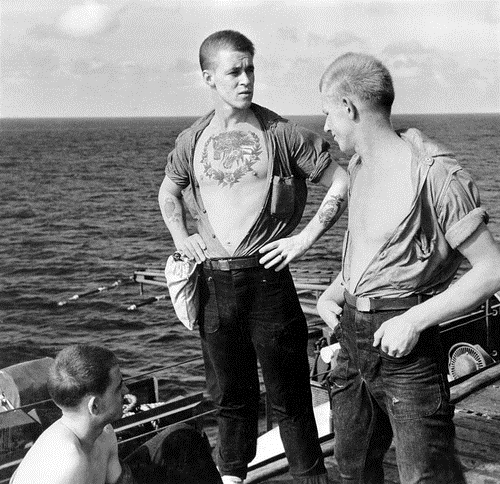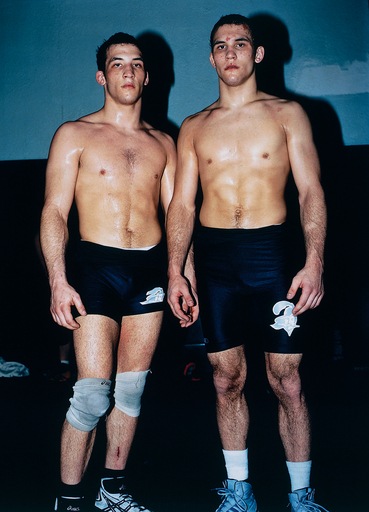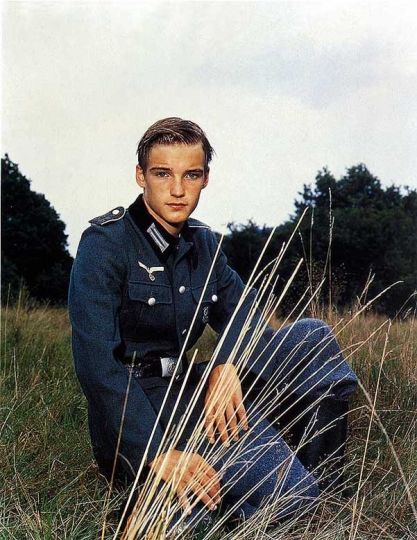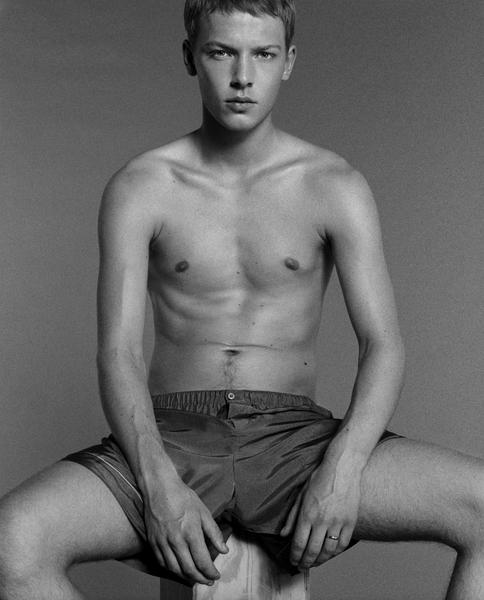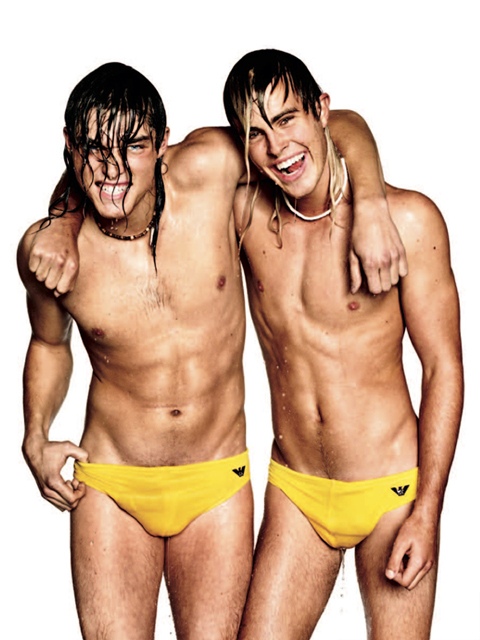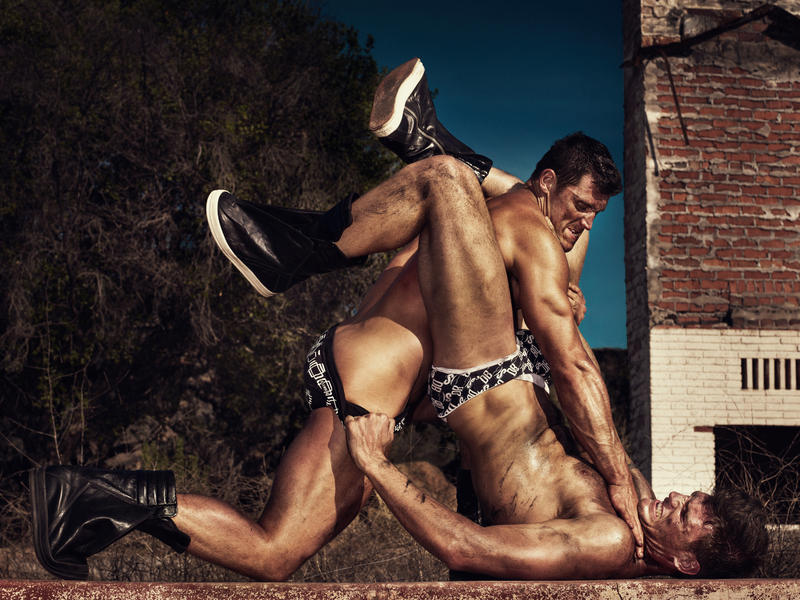Bristol + Steichen + List + Others
While reading Patricia Vettel-Becker’s Destruction and Delight (2004), I came across some wartime images by Edward Steichen and Horace Bristol—photographs of U.S. servicemen in the Pacific during World War II. What caught me off guard was how strongly they echoed the work of Herbert List, who was photographing German youth at nearly the same time. Created on opposite sides of the globe and in vastly different political contexts, these images nonetheless share a common visual vocabulary—idealized bodies, formal compositions, quiet gestures charged with symbolic weight.
List is often referenced in conversations about masculinity and mid-century photography, particularly for the way his work blends modernist aesthetics with homoerotic undertones. But I hadn’t expected to see Steichen—especially in his official Navy role—working with some of the same visual instincts. There’s a surprising sensitivity in many of these images. You see it in the body language, the framing, the way emotion is structured into the image.
Looking at them now, I find myself thinking not just as a researcher, but as someone who spent years immersed in commercial image-making. I worked as a photographic retoucher in the mid-2000s, and in hindsight, so much of the work I helped produce for fashion and lifestyle brands borrowed directly—though perhaps unknowingly—from this kind of visual heritage. The lighting setups, the stylization of male bodies, the gestures and poses… they echo earlier image cultures that were themselves shaped by war, propaganda, and shifting ideals of masculinity.
Patricia Vettel-Becker writes that wartime photography of this period often focused on four key motifs:
“The transformation of boys into warrior men, the fetishization of weaponry, the spectacle of death, and the quest to penetrate and dominate nature... War, like masculinity, is predicated on the subjugation of the feminine... These photographs enact the play of domination and subjugation through the imagery of impenetrability and rapability, thus contributing to the propagandistic construction of the enemy and extending the voyeuristic pleasures of domination to those not able to experience it firsthand.”
— Destruction and Delight (2004)
It’s a dense, damning insight—and one that continues to resonate when we look at the ways masculinity and power are constructed in visual culture today. These four motifs aren’t necessarily consistent across the work of photographers like Matthias Vriens, Alasdair McLellan, or Collier Schorr, but they’re present enough to be noticed—sometimes critiqued, sometimes re-inscribed.
What interests me is not just the inheritance of aesthetics, but how these tropes persist and evolve. How do contemporary fashion, editorial, and documentary photographers engage with this legacy? Where do we see continuity—and where do we see rupture? And how might new platforms and tools (including ones like VSCO) shift the grammar of gendered representation entirely?
These are the kinds of questions I keep returning to—in my teaching, my research, and my own creative work. Photography doesn’t just reflect culture; it helps write it.
Sources
• Patricia Vettel-Becker, Shooting From the Hip: Photography, Masculinity, and Postwar America (University of Minnesota Press, 2004)
• Herbert List at Magnum Photos: magnumphotos.com

